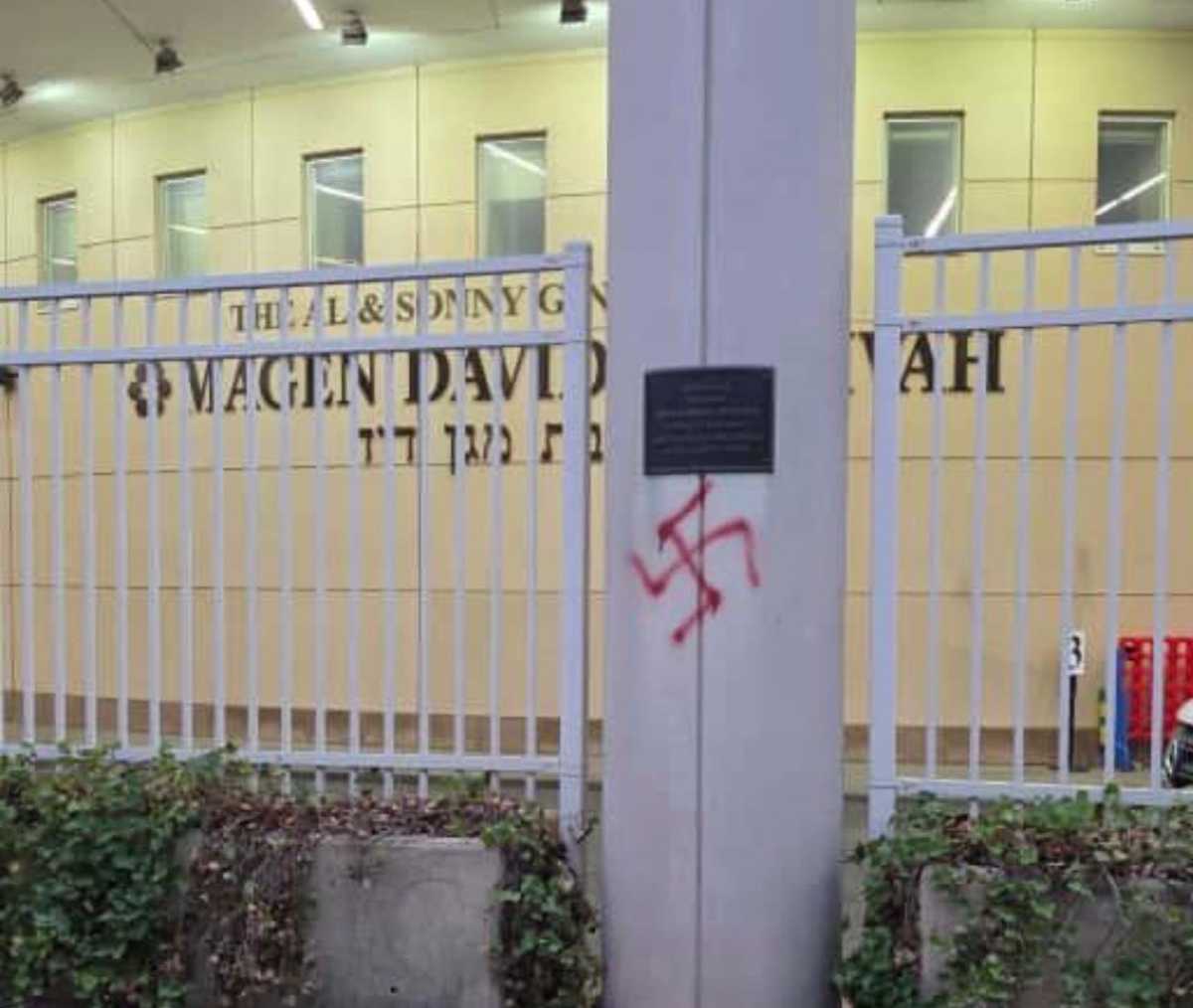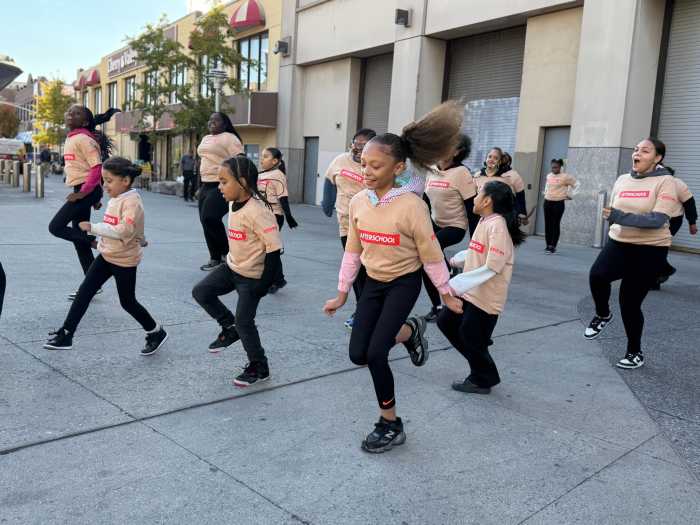BY ALINE REYNOLDS | Though Lower Manhattan parents rejoiced about last week’s announcement of the Peck Slip elementary school expansion, it is hardly proving to be a solution to school overcrowding Downtown.
When Peck Slip opens in 2015, the neighborhood’s overall school capacity will be four years behind its demand, according to Eric Greenleaf, a professor of New York University’s Stern School of Business and an active member of NYS Assembly Speaker Sheldon Silver’s School Overcrowding Task Force.
Not counting Peck Slip, Community District Two needs a total of approximately 1,200 new elementary school seats — the equivalent of twice the planned elementary capacity of P.S. 276 plus the Spruce Street School, according to Greenleaf’s latest overcrowding analysis.
Greenleaf presented his startling calculations to Community Board 1’s Youth and Education Committee at its Monday, Nov. 7 meeting.
“You can go and overcrowd the schools in the Village, Chinatown and Chelsea, and it’s not going to get you anywhere close to 1,200 seats,” said Greenleaf, in light of a recent iteration of the city’s proposal to rezone School District Two.
“What we’re seeing is the fastest growing part of Manhattan,” said Greenleaf. “What’s needed is more schools.”
Greenleaf factored the district’s overall birth rate numbers into his enrollment projections, which according to his reports, rose by 27.6 percent between 2006 and 2009, and are likely to go up by 35 percent from 2006 to 2010. (The city-issued report on birth rates for last year, he noted, is due for release in the coming weeks).
Greenleaf’s presentation seemed to test the nerves of Lorraine Grillo, the Department of Education’s School Construction Authority President, who attended the committee meeting but had to step out early because of another appointment.
Just before leaving, Grillo interrupted Greenleaf halfway during his presentation to point out a fundamental difference between his analysis and the S.C.A.’s. She said the D.O.E. doesn’t measure school seat projections based on Community Districts, but rather by the city’s established school districts.
Manhattan’s District Two, which includes Downtown, for example, also encompasses portions of Midtown-West and the Upper East Side.
“I don’t want these folks to walk away from this thinking that our methodology is wrong,” said Grillo.
Addressing Greenleaf directly, Grillo said, “I’ve always had a lot of respect for your numbers, if we were judging apples to apples — [but] we’re not, and you know that.”
“Please understand the situation right now,” Grillo said to the committee. “Just like the rest of the country, we have a certain, limited amount of space. Come to [School] District 24 [in Queens], and you’ll understand their serious overcrowding today.”
Grillo’s words were hardly reassuring to Jeffrey Mihok and other committee members.
“I’m kind of livid right now… We’re in a school crisis because of the [D.O.E.] numbers,” said Mihok. “You’re working on a model where our kids would go further [away] to elementary school.”
Committee co-chair Anne DeFalco emphasized the D.O.E.’s need to reallocate funds toward the creation of new neighborhood schools.
“We can’t put the priorities of youth at risk by putting them in other neighborhoods,” said DeFalco.
“I hear you,” replied Grillo. “And, if I had all money in the world, I’d love to do that for you.”
The D.O.E. is exploring alternate methods besides new school capacity to address elementary school overcrowding — particularly district-wide rezoning, according to Grillo.
“It’s not just new seats all the time,” said Grillo. “There are other opportunities to deal with the need.”
But this explanation only added fuel to the committee’s fire.
P.S. 234 parent Tricia Joyce, for one, contended that neither rezoning nor throwing money the D.O.E.’s way is going to solve the area’s more basic dilemma of the shortage of school seats.
“We understand the budget issues, but… no matter how you re-slice the pie, we have hit the wall,” said Joyce.
“We could have a pile of money up to the ceiling, and it wouldn’t get us the site,” said committee member Peter Braus. “I work with developers all the time — you need a 200-by-200 [square] ft. lot. I don’t think you see too many of those around.”
School sites are indeed becoming “very difficult” to find, according to Greenleaf, who added, “It took almost a year to find the Peck Slip site.”
Joyce vouched for a modification of the city’s Uniform Land Use Review Procedure (U.L.U.R.P.), so that residential real estate developers would be forced to take into account the need for sufficient school seats.
Braus seemed to agree.
“I think we should ask [City Planning Commission Chair Amanda] Burden to come to our next meeting, if [the City Council members] are willing to originate something,” said Braus.
The committee subsequently voted in favor of drafting of a resolution urging the city to require an adequate amount of public amenities such as schools and other basic infrastructure before a residential real estate development receives the green light.
The resolution will also purportedly suggest a revision of the tactics the D.O.E. currently uses to project student enrollment, according to committee co-chair Paul Hovitz, who along with Greenleaf objects to the department’s current enrollment methods.
“I am not blaming Lorraine. She is following orders from the Mayor, the Chancellor and the higher-ups at Tweed to follow procedures in this fashion.” said Hovitz. “All of this stems from the fact that their planning… is flawed and doesn’t accurately project [enrollment] for years down the road.”
The D.O.E. has hired two “respected” consulting firms, Grier Partnership and Statistical Forecasting, to make enrollment forecasts, explained Greenleaf. Both firms utilize the “cohort survival” method, a widely-used strategy to calculate enrollments based on anticipated population growth and birth rates.
The problem, Greenleaf pointed out, is that the D.O.E.’s forecasting is done on a borough-wide level — which assumes that all Manhattan neighborhoods are growing at the same average rate and that the survival rates themselves are the same.
Neither assumption, however, is true, Greenleaf said. Whereas Manhattan’s population increased by 8.2 percent between 2000 and 2010, Downtown’s overall population rose by 100 percent over the decade; and there is a difference of more than 20 percent between District Two’s overall cohort survival rate, on the one hand, and Downtown’s cohort survival rate, on the other.
The D.O.E.’s method also assumes that fertility rates are the same for all of Manhattan, Greenleaf said.
“We hope these differences can be resolved — and very soon,” he said.
Questioned about his reaction to Grillo’s comments after the meeting, Greenleaf said, “I remain optimistic but realistic.”




































